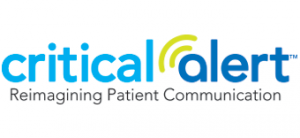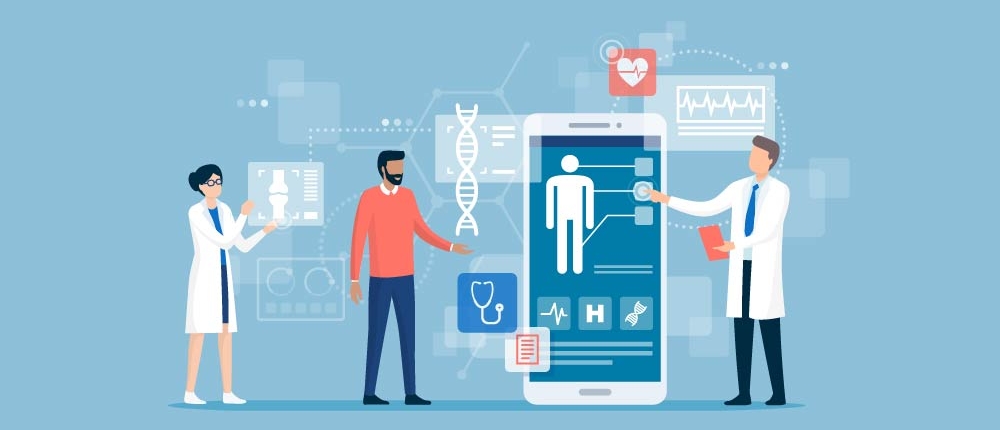Why Nurses Should Buy Nurse Call Systems
Why Nurses Should Buy Nurse Call Systems
Clinical Involvement In the Deployment Process
While IT plays an important role in the evaluation and implementation of any clinical application, the involvement of the clinical team from the earliest stages of scoping through deployment is the key factor determining the project’s ultimate success.
When it comes to a technology deployment, inter-departmental dialogue is universally accepted as an imperative first step. IT and other teams will take a detailed scoping from the clinical stakeholders based on an overall project goal: better outcomes for patients, more efficient communications systems, more interconnectivity, etc.
However, hospitals are well known to have a high degree of departmentalization. Managers often retreat back to their operational silos allowing IT (and to a lesser extent, Facilities, Biomed, etc.) to “run with it”. And as we all know, things can go off the rails fairly easily…. and quickly.
This is not to say it’s solely the fault of the IT Dept.; I have witnessed the clinical team “checking out” on many occasions believing that the scoping was sufficient enough to design and deploy. While everyone may have the best intentions, the exclusion of clinical from any step in the process can introduce missteps that may ultimately manifest as risks to the success of the implementation (at best) or to the patient’s well being (at worst).
Take Nurse Call Systems (For Example)
Like every technology in healthcare, nurse call systems have evolved from a relatively simple hardware product to a rather complicated software and communications solution. Any entrenched application (particularly those mandated by regulatory requirements), don’t just sit by idly as the rest of healthcare gets more and more sophisticated, interconnected and nuanced.
What has really changed about Nurse Call over the last decade or so is its impact on clinical workflow. What used to be a simple notification of a patient request has now become a vital component of a hospital’s critical communications ecosystem. Today, nurse call systems are being utilized to instantly deliver patient requests to a wide array of mobile platforms, being infused with EHR/ADT data for clinical context, tracking nurse location for bed-level presence/awareness, interfacing with staff scheduling applications and porting patient infotainment processes, just to name a few.
As communications technology has advanced, it has gotten easier and easier to package-up and send data (clinical or otherwise) to anyone on the care team or within the care continuum. Think back to when mobile applications first hit the marketplace. Do you remember how exciting the possibility seemed of being able to send and receive messages on a smartphone instead of having to run up and down the unit hallways? Now, fast-forward to today where the average nurse may get dozens of nurse call alerts, monitor alarms and text messages every hour. Think of all of the interruptions, think of the alarm fatigue!
Nurse Call, like other technologies, has fallen prey to its own devices. Just because the capability exists, doesn’t necessarily mean that it should be deployed without special consideration. This is exactly why the clinical team cannot dis-engage from any part of the evaluation and deployment of their Nurse Call system!
However, hospitals still tend to view Nurse Call in terms of the regulatory requirement for tone and lights or as an infrastructural component. A hospital unit’s or department’s clinical workflow is a direct reflection of the specific patient safety and satisfaction processes and best practices. No one knows better what impacts these goals than the clinical team, particularly the front-line caregivers.
It’s All About the Data!!
The best part, if the systems are set up the right way, Nurse Call can generate a lot of really useful data. Nurse Call systems are uniquely adapted to capture most instances of clinical workflow at both the room-to-room or unit-by-unit level. This treasure trove of analytical data allows clinical administration to measure the success or shortfalls of their current processes, even those not necessarily impacted by nurse call (like nurse rounding).
In order to measure the ROI of any deployment, you must have the ability to plan, execute and measure the outcome. One ROI most hospitals are focused on is their HCAHPS scores. Are they making a difference once they planned and implemented their Nurse Call system? With careful thought, taking into account the learned experience of the front-line clinicians can improve (if not ensure) the success of the project.
An added benefit of staff participation in the process comes in the form of staff satisfaction, retention and compliance. Many nurses have been involved in evaluations of medical devices only to find out that the device had been chosen prior to the evaluation, leading to frustration and dis-engagement. To know they’ve been a part of the development and rollout and that their expertise and voices have been heard can make a large impact on the success of the deployment. After all, who but the front-line staff best understands what is required to keep their patients safe and in an environment conducive for healing?
What Industry Providers (Like My Company) Can/Should Do To Help Ensure Success For their Deployments
While there are many healthcare technology companies that have nurses on their team, most are underutilized. They usually end up using them as trainers instead of tapping into their wealth of knowledge and experience and creating true consultants who can add a great deal of value to any project.
These companies really lose out when they don’t return to the customer’s facility a few weeks after a deployment to work with the front line staff on optimizing the workflow, enhancing the product or working through issues and questions. As a by-product, I have witnessed first-hand how the synergies of working directly with the front-line clinical teams in the units have led to the creation of some of our most valuable features. Without the insight provided in these small, but important interactions, our solutions would be just another call-bell system.
What do you guys, think? Have you been included in the evaluation and deployment of your clinical systems? What has worked and what has gone wrong? Join the discussion in the comments below.

